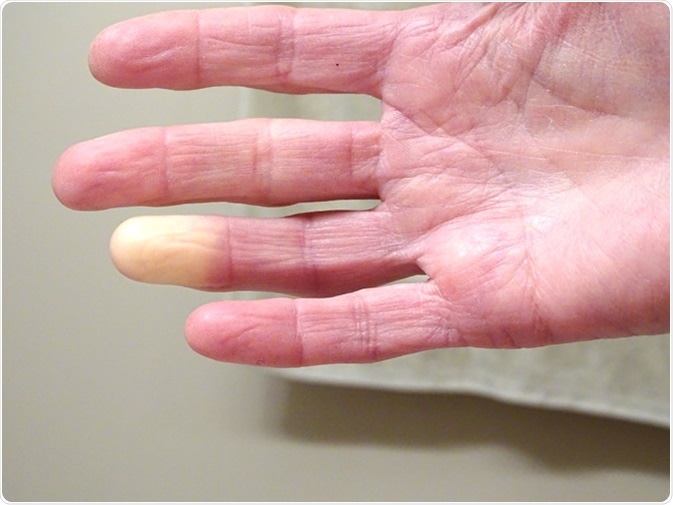Between 10-15% of women worldwide suffer from endometriosis. Endometriosis is a disease caused by the unbalanced growth of endometrial tissue. It can invade some organs, but fortunately it does not usually enter the ovaries.
If you don’t already know Fitenium is a free, mobile and video-based social network for users who train strength and/or body weight exercises. At Fitenium users can find free personalized routines, follow their performance, compete and get discounts at nutrition stores and sports equipment. Download it here.
In any case, endometriosis can cause serious discomfort and serious fertility problems. Why is it developed? What is the solution? Is it synonymous with impossibility of pregnancy? Today we talk about this health problem, which is more common than it seems.
What is endometriosis?
Endometriosis is a problem related to the excessive growth of tissue. The endometrium, which lines the inside of the uterus, becomes uncontrollable and colonizes other parts. The endometrium is ready to receive fertilized eggs. Once a month, it grows back and sheds to allow new eggs to be transplanted.
Due to rapid growth of the enodometrious tissue, the situation can become a problem when it grows too large. Especially when endometrial cells migrate through the abdomen and colonize other organs. Usually, a benign endometrioma or endometrial cyst forms without major problems.

Published on Unplash by Jozsef Hocza
However, this tissue can grow with other organs. The most common is that it affects the ovaries due to its proximity. This interferes with the proper functioning of the organ and can cause pain and, in some cases, fertility problems. Endometrioma can be malignant.
Endometriosis can become a fertility problem within 10 to 15% of women who suffer from it.
Have you had endometriosis?
There is no set of decisive reasons for suffering from this disease. If you have the ability to react with the endometrial cells and the ovary, a cyst is likely to develop.
It can also be a hereditary disease caused by a genetic predisposition; and evidence has been reported that the endocrine or immune system is involved in its appearance.
Another possibility is that the cells of the peritoneal cells become endometrial cells.
However, we know that endometriosis has some risk factors since there is evidence of the involvement of the endocrine system (in the hypersecretion of estrogens) or the immune system in the development of endometriosis.

Published on Unplash by Sinitta Leunen
There is no cure for endometriosis, as removal of the tissue often requires surgery. Lean meat intake is associated with the possibility of endometriosis
What are the consequences of endometriosis?
The symptoms of endometriosis are diverse and complex and may be associated with other diseases and problems. Also, endometriosis can be asymptomatic. This means that many times the symptoms go unnoticed. The most normal thing is that at some point, especially in the abdomen, a more intense pain appears than usual. Hypermenorrhea and menorrhagia, that is, excessive bleeding and outside the menstrual cycle, can also occur.
These symptoms are a good reason to make us suspicious and want to visit a doctor who performs a more detailed gynecological examination. Gynecologic ultrasound or MRI is used because endometriosis is not detected by direct examination or tactile sensation. You can also rely on the laparoscopic examination. Latitis consists of surgery under general anesthesia, in which a camera is inserted into the abdomen to directly verify the state of the organs.

Published on Unplash by Zen Bear Yoga
The worst consequence of endometriosis is that tissues form around the ovaries, which can cause infertility.
what can you do?
There is no cure for endometriosis itself. What you can do is reduce some or all of its symptoms and control the disease. Using analgesics for pain, or hormone therapy for endocrine control and if necessary to remove tissue. Surgery is usually the main option.



